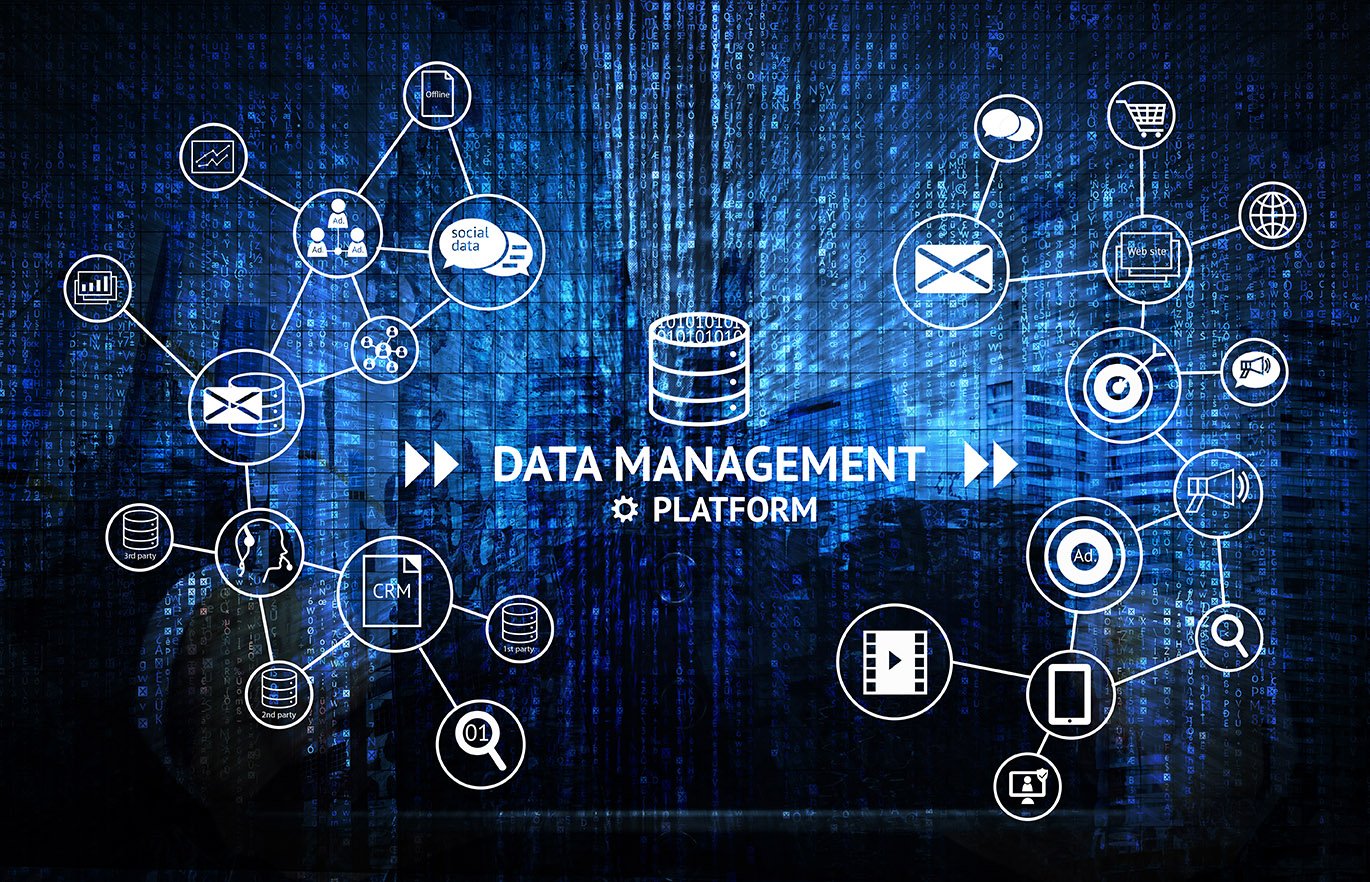All marketers today want a unified customer view or as we know it the CSV- Customer Single View. While there are multiple ways and multiple steps in getting to the CSV destination, some of the key ingredients or buzzwords for enabling them are CDPs and DMPs. There is a significant amount of confusion around the two and marketers need to be clear about what each of them delivers.
CDPs vs DMPs: Key Differences Every Marketer Should Know
The fundamental difference between a Customer Data Platform (CDP) and a Data Management Platform (DMP) is that DMPs work with anonymous cookies and this is because DMPs were originally designed for online ad networks and do not store PII data. The CDP works with both known and unknown individuals. Storing PII including names, address, email id and mobile nos.
CDPs capture, integrate and manage all types of customer data creating that ‘one’ or ‘golden’ record. This means that the information about your customer feeds in from all channels – CRM, Customer Service, Loyalty, Website, Mobile Apps, Social Media and gives a complete view of the customer.
The need for CSV is obvious, as it aides personalisation (everyone and their grandmother is talking about it!), actionable insights that will generate business value, ability to measure across touchpoints/channels, customised offers, loyalty programs, customer service, etc. the problem is that due to legacy issues marketers are saddled with multiple systems and even on a single platform/stack they are grappling with 20 instances! A precise CSV requires connecting all records about the same customer and whether the source system has coded them with a shared identifier, i.e. an account number. There are multiple ways in which customer data is unified-
- Combining data with algorithms that decide whether different identifiers relate to the same customer
- Combining data from different systems using a cross reference table holding all known identifiers of the same customer.
- Combining data from different systems only if the captured data has a common/shared identifier – such as mobile no., email address or an account number.
Why a CDP is Essential for Marketers: Key Benefits
- Provide a CSV and hence deliver sharper customer profiles
- Improve predictive modelling and recommendations (next best offer)
- Drive personalisation and real time interactions
- Synchronise customer experience across channels
- Bring in dark and unstructured data into the system
- Drive efficiency
- Reduce dependency on IT
And of course, these are just tools, the intelligence and frameworks that are required to implement and then run these systems will always need partners who are experienced and will look at all these issues with a business lens. As is true for any MarTech tool evaluation organisations will need to answer the following questions –
- What’s the end objective, the identified goal?
- Is the data accessible? Structured and unstructured.
- Are the stakeholders aligned? Marketing, Sales, IT, Customer Service.
- What is the ability to commit resources and funding for the project?
Once there is clarity on the above, the next set of questions will arise to help create an effective platform:
- Is the data collection method relevant to my business and engagement channels?
- Will I have access to all my data, all the time?
- Will I know my more about my customer than I know currently?
- Will the integrations be seamless and deliver insight-based actions?
The verdict is still out. Organisations will have to choose what is right for their business. The main issue that needs to be addressed is about management ownership, large companies operate in silos and there are turf wars that play up at every level. These kinds of projects must be headed at the management level only then do they succeed.









